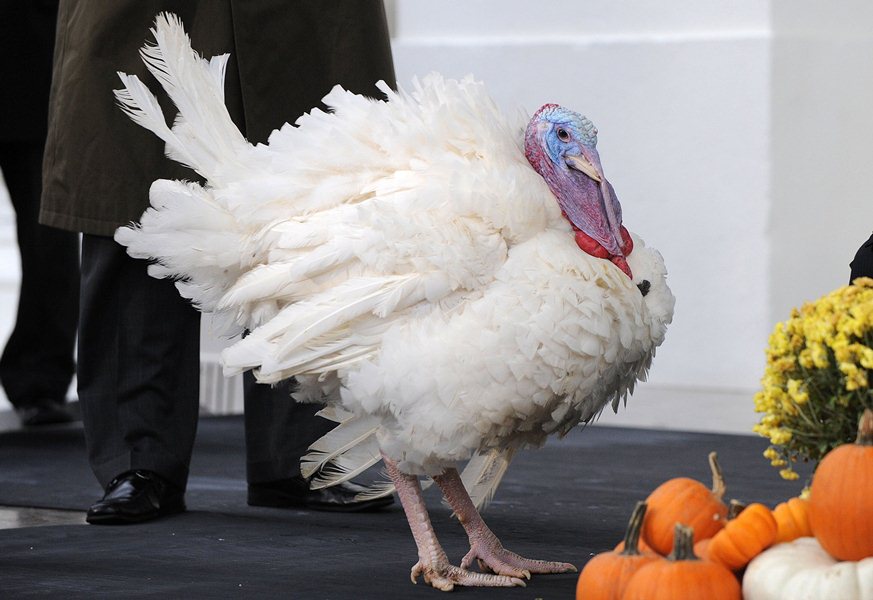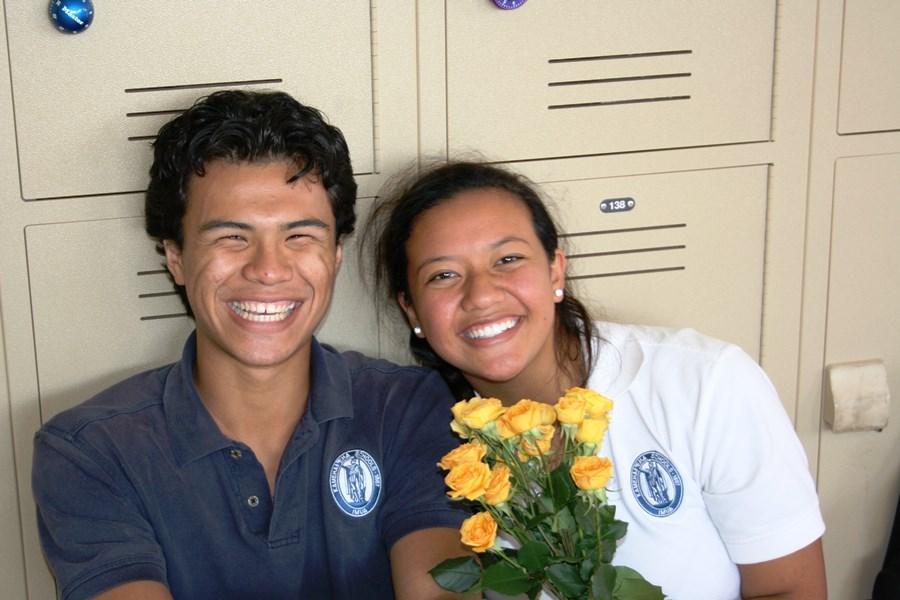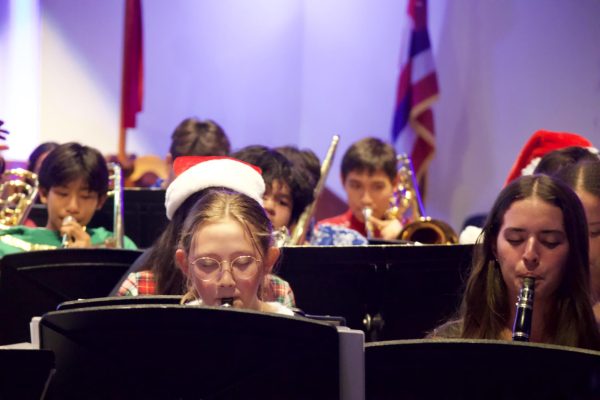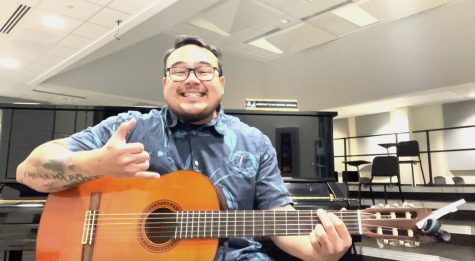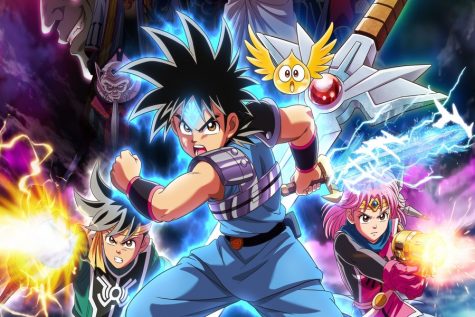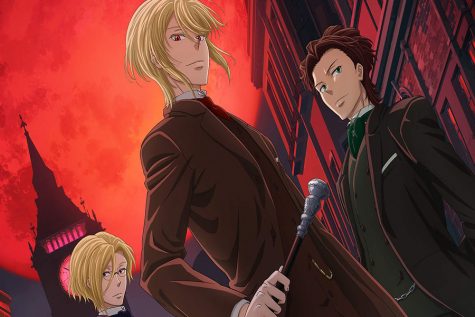Give thanks to the Wampanoag
Photo by Olivier Douliery/Abaca Press used courtesy of MCT
The 2013 National Thanksgiving Turkey, Popcorn, has reason to give thanks after being saved from becoming Thanksgiving dinner by President Barack Obama, Wednesday, Nov. 27, 2013, at the White House in Washington, D.C.
Thanksgiving Day is just around the corner, and the students of Kamehameha Schools Maui are excited for plates of turkey and family get-togethers.
But what is Thanksgiving Day? It’s a day to “be thankful for what you have,” senior Mikeila Yamamoto said.
She said she will be spending her Thanksgiving with friends and family.
It’s also a day to reflect on American history with the original Thanksgiving that traces back to the pilgrims.
According to Mr. Kevin O’Brien, history teacher, it’s a day to look back into history and remember what has been done. Thanksgiving is “a remembrance of some brave people who took great personal risks to do what they believed in,” he said.
Thanksgiving Day traces back to the Plymouth colonists and Wampanoag tribe.
Plymouth colonists were English men and women who set sail to the ‘New World’ abroad the Mayflower and settled in New England. The Wampanoag were the neighboring Native Americans.
Although more than half of the original settlers died during the first winter, the survivors secured peace treaties with the Wampanoag.
In 1621, the colonists and Indians shared an autumn harvest feast, which became known as the first Thanksgiving celebration in the colonies. This tradition has continued for nearly three centuries.
President George Washington wrote in a thanksgiving address on Nov. 26, 1789, that this is a day of “public thanksgiving and prayer” devoted to “the service of that great and glorious Being who is the beneficent Author of all the good that was, that is, or that will be.”
It wasn’t until 1863 that President Abraham Lincoln announced that Thanksgiving Day was to be held each November as a national holiday.
“People that learn the real story of what really happened [at the first Thanksgiving],” Mr. O’Brien said, “would be inspired by what they read.”

